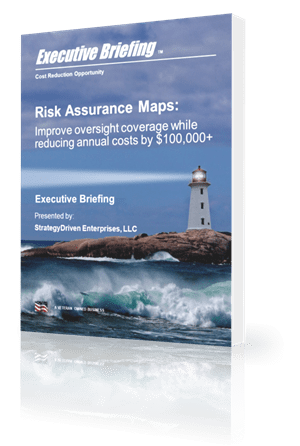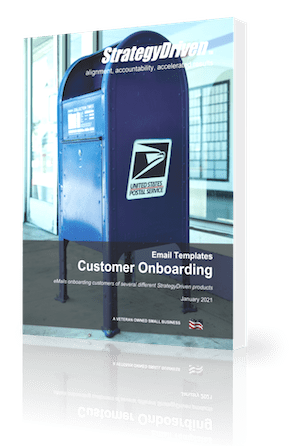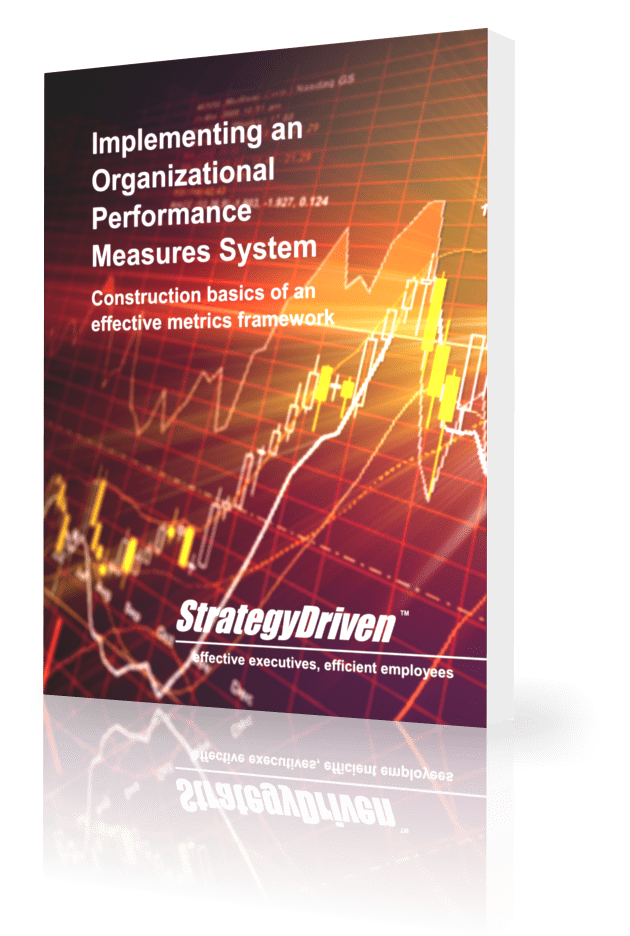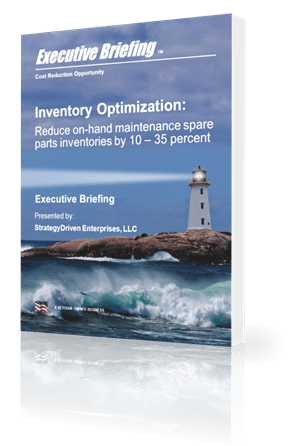How to Raise Revenue for an Entrepreneurial Start-Up

Complete the following exercise carefully before you launch your marketing campaign. Accuracy in this exercise will be crucial to your future business success:
1. Decide who is your ideal customer – Most entrepreneurs start with a great product or service idea, but fail in correctly identifying their ideal customer and instead will sell to anyone who buys from them. This is probably one of the biggest mistakes I still see today, especially in the online world.
There are two main reasons you want to determine who these ideal or dream customers are: first, your ideal customers will appreciate your offers and will pay for it based on your value, not price; and second, they are more likely to refer more business your way.
Hi there! This article is available for free. Login or register as a StrategyDriven Personal Business Advisor Self-Guided Client by:
Subscribing to the Self Guided Program - It's Free!About the Author














Leave a Reply
Want to join the discussion?Feel free to contribute!